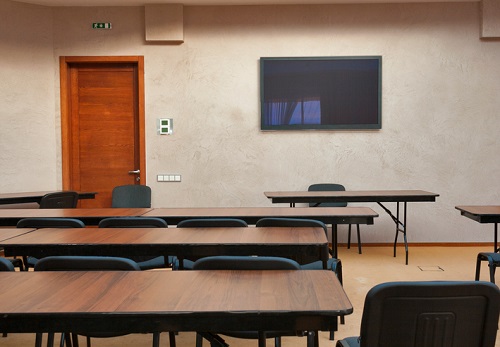
Independent and Catholic schools chosen by less well-off parents are in line for a $3.4bn funding boost over the next 10 years.
The announcement follows recommendations by the National School Resourcing Board to change the way the Federal Government calculates the incomes of student's parents and guardians.
Under the new changes being introduced by the Federal Government, schools that enrol a greater number of low-SES students will be given the biggest portion of the funding.
Federal Education Minister, Dan Tehan, said the new method was recommended by the National School Resourcing Board’s Review of the socio-economic status score.
“Commonwealth funding for non-government schools will be linked to parental income from 2020 using improved data collection and analysis that will ensure non-government school funding is targeted at the students who need it most,” he said.
“Schools will automatically receive the most beneficial capacity to contribute settings for 2020 and 2021 from either their 2011 or 2016 Census Socio-economic Status score or their new Direct Measure of Income score”.
Non-government school sectors will have until 2029 to fully transition to the direct measure of income method, ensuring they are fully able to factor this change across their operations.
The changes will see about 20% of wealthier and high-fee private schools see a reduction in their public funding. However, the government’s Choice and Affordability Fund will allow schools to access $1.3bn to help with the transition.
The National Catholic Education Commission (NCEC) responded to the government’s announcement with cautious optimism, saying that while it welcomed the changes, the review should “take into account the diverse challenges of schools in regional, rural and remote communities”.
“Nearly 40 per cent of Australia’s 1,746 Catholic schools are outside of metropolitan areas. However, the diversity between these schools is vast,” NCEC executive director Jacinta Collins said.
“For example, of the 13 Catholic schools in the Kimberley region of Western Australia, five are in the town centres of Broome, Derby, Wyndham and Kununurra, while the remainder are further inland in isolated communities and some are the only school provider in their area”.
Collins noted that the experience of education in these schools can be vastly different even though they are all considered to be remote schools.


